How can your fashion business contribute to the availability and sustainable management of clean water and affordable, sustainable energy? There are a variety of routes to take for those keen to apply Sustainable Development Goals (SDGs) 6 & 7 into their mission and goals, but how do you figure out the right one for your enterprise?
This Masterclass unpacks the SDGs, making them relatable to fashion and textiles businesses. We outline the key issues surrounding water pollution and energy footprints for industry and look at product lifecycles, with a set of action points that tackle everything from dyeing methods, to hire and repair models, to microplastics. We also have interviews with exciting experts working in the space. You'll learn about a revolutionary new certification for regenerative organic farming and cutting-edge, low-impact materials like fish leather. Dive in to the resources, watch the videos and read the key takeaways and leave feeling inspired to apply these practices in your own business models.
In this Masterclass, you will learn:
- About the UN SDGs 6 & 7 and how they relate to the fashion and textile industries
- How to reduce your fashion production energy footprints
- How to use your business to tackle fashion's water pollution problem
- Different approaches for managing the life cycle of your product, including addressing microplastics and dyeing methods
- Why regenerative agriculture is as relevant to fashion fibre production as it is to food
- About fish leather, how it is produced and how a Brazilian materials company has made a low-impact alternative to exotic leather
- Case studies from brands thinking in fresh ways on how to limit energy and water use
-
Reducing Your Fashion Production Energy Footprint
with Stephanie SteeleRead More...Summary
In this 36 minute lesson we take a look at the ways you can reduce your energy impact and footprint across the more business areas of your chain - from the energy that your factories are using, to the architecture of your studio, what office essentials you should consider, and ways to invest ethically.
As of 2017, the share of renewable energy in total energy consumption was just 17%, yet 789 million people lack electricity without the means or infrastructure to access it via either clean or fossil-fuel derived sources. Affordable and importantly reliable energy is critical for health facilities, but as yet, 1 in 4 hospitals in some developing countries are yet to be electrified. Alongside health, access to energy has been shown to improve the education and opportunities especially of girls and women, and in general, energy connects us to one another.
So it is fortunate that the financial flows to developing countries for the implementation of renewable energy is increasing ($21.4 billion in 2017), but let's not forget that it is mostly the Global North disrupting the land in marginalised nations for extraction of fuel. Without the prevention of fossil fuel production in the first place, any move to renewable energy can be glossed over. There are solutions even a small business can implement in order to reduce the energy impact it has.
The Sustainable Development Goal targets look to 1) ensure universal access to affordable, reliable and modern energy services, 2) substantially increase the share of renewable energy in the mix, and 3) improve the energy efficiency rating globally. It is in this last target that the textile and fashion industries (and production in general) can be held accountable.
By 2030, there is the target to enhance international cooperation to facilitate access to clean energy research and technology, including renewable energy, energy efficiency and advanced and cleaner fossil-fuel technology, and promote investment in energy infrastructure and clean energy technology. There is also the target to expand infrastructure and upgrade technology for supplying modern and sustainable energy services for everyone in developing countries.
Thumbnail image: Fashion Enter
-
Tackling Fashion's Water Pollution Problem
with Stephanie SteeleRead More...Summary
In this lesson we take a look at the ways in which the textile and fashion industry is accountable for water pollution, and subsequently the effects of water scarcity.
Before the Covid-19 pandemic even hit, there were 2.2 billion people globally who lacked access to safe drinking water, and 4.2 billion people without safely managed sanitation. This means however that 3 billion people across the world do not have basic handwashing facilities in their home, and 2 in 5 healthcare facilities worldwide do not have soap or alcohol-based hand rub, all of which has had ramifications on the spread of the virus.
Outside of these general hygiene rights we have come to take for granted, water scarcity has been estimated to displace 700 million people by 2030, meaning no water for sanitation and for drinking to live a healthy life. And though this may appear as if the textile and fashion industry is not liable for these issues, it is both in the ethics of production facilities and in the sustainability of farming and fibre production that we see water being neglected as a finite resource. Yes, water is renewable due to the science of evaporation and rainfall, but as our water sources become more and more polluted, and sewage treatment infrastructure is not maintained, the water that falls on us and the land is full of harmful substances.
Thumbnail image: GAZIPUR, BANGLADESH - 2011/02/25: Every day, 9-year-old Jashim collects pieces of cloth from the liquid waste of the dyeing industries [Probal Rashid/LightRocket/Getty].
-
Regenerative Organic Textiles And Food
with Elizabeth WhitlowRead More...Summary
The way we cultivate our land results in wide-reaching impacts on our environment and society. Improved soil health means less habitat desctruction, less exploitation, freedom from toxic chemicals and less factory farming.
These factors relate both to food production and textile fibre production and in this Lesson we learn how the two come together in the pioneering work of the Regenerative Organic Alliance (ROA) which counts Patagonia as one of its founding members. Executive Director of the ROA Elizabeth Whitlow, joins us to discuss the ROA's revolutionary new certification for farmers and why it matters to fashion businesses.
-
Managing The Life Cycle Of Your Fashion Product
with Stephanie SteeleRead More...Summary
In this lesson we will look at key areas where you can lower your impact in consideration of product life cycle.
It is clear that in every single product we own, there has been water and energy used and lost within its creation. So, the most sustainable thing we can do is to not make anything at all. As a fashion business or creative entrepreneur that isn't going to happen for you. What you can do is consider the full life cycle of your products. Take care in lowering production impact by reducing water and energy use, design for how your customer will use the item, and plan for how the item will likely be discarded.
Thumbnail image: Noah Buscher on Unsplash
-
Low Impact Materials That Conserve Resources And Heritage
with Rodrigo LopesRead More...Summary
In this Lesson, discover the incredible sustainable stories behind the production of fish leather, recycled cotton, and BeLEAF™, low-impact materials that are being brought to market by Global Green, a premium materials hub based in The Netherlands.
We chat to Director Rodrigo Lopes to find out how these materials support local economies, why they offer a far more sustainable alternative to others on the market and how their production succeeds in conserving both water and energy.
Interviews
A.Lynn: Reducing Waste And Returns with A Unique Sizing System
Sunday Aug 1st, 2021
Lunar Method: Cactus Leather Bags That Support Women
Sunday Aug 1st, 2021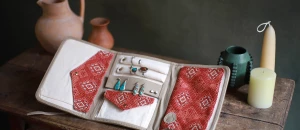
Technical Tutorials
Fabrics: grown from global-warming gas
Wednesday Aug 1st, 2018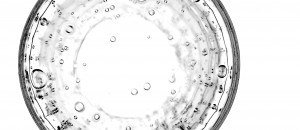
Cotton: Water Use, Farming Methods and Sustainable Solutions
Sunday Aug 1st, 2021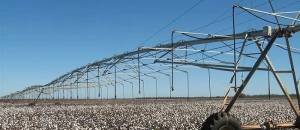
Additional Reading
Top Takeaways from The Regenerative Fashion Conference
Sunday Oct 1st, 2023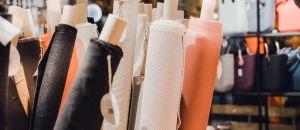
How Much Deforestation Is Your Cotton Creating?
Tuesday Jul 20th, 2021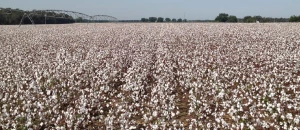
Future Fabrics Expo 2021: Biodiversity, Natural Fibres and Regenerative Textiles
Sunday Jul 11th, 2021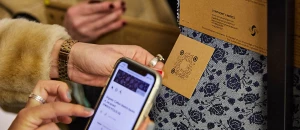
How to create positive impact with natural materials
Monday Apr 12th, 2021
Autumn Winter 2022 Fashion and Product Trends: Pure Origin
Monday Mar 22nd, 2021
IWD: Women Hold Up Half The Sky
Monday Mar 8th, 2021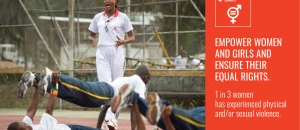
How To Fight Injustice With Fair Trade Fabrics
Monday Feb 8th, 2021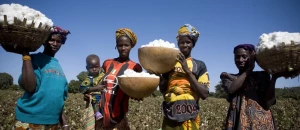
Highlights From The Virtual Oxford Real Farming Conference 2020 - Part Three
Monday Feb 1st, 2021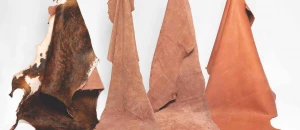
Highlights From The Virtual Oxford Real Farming Conference 2020 - Part Two
Monday Jan 25th, 2021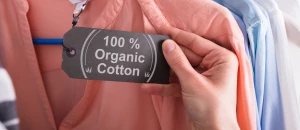
Highlights From The Virtual Oxford Real Farming Conference 2020 - Part One
Monday Jan 18th, 2021
